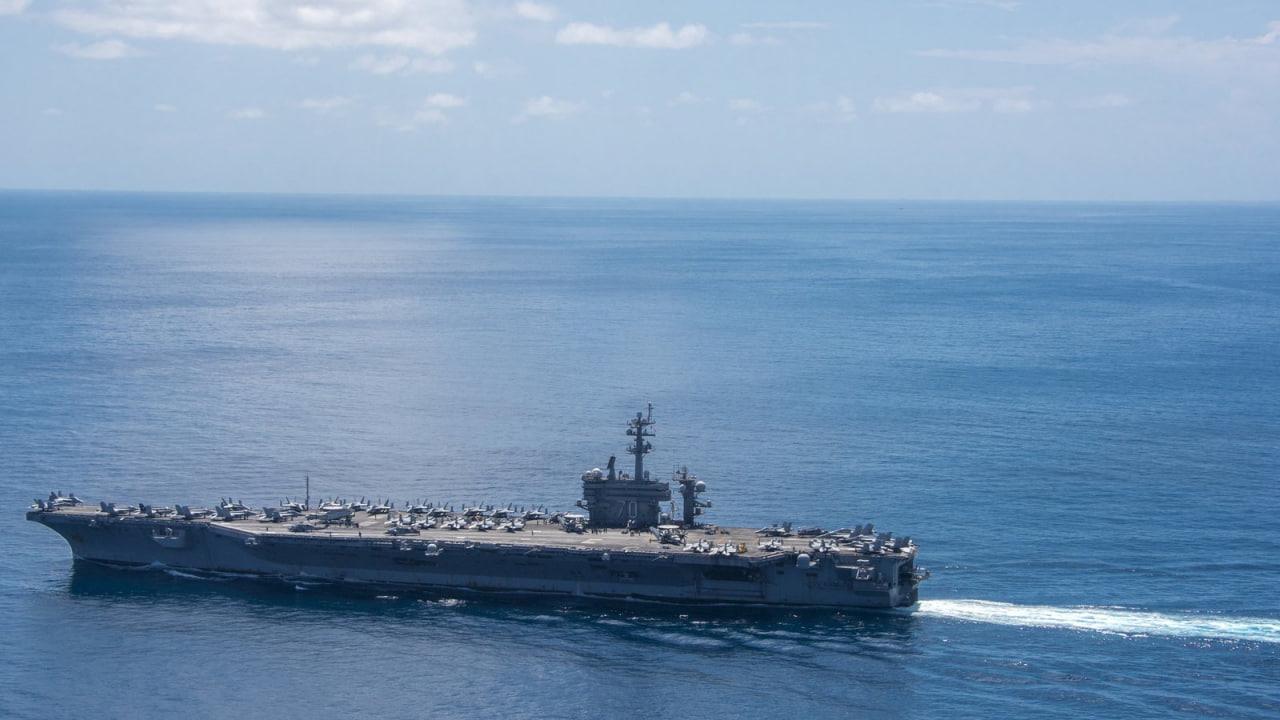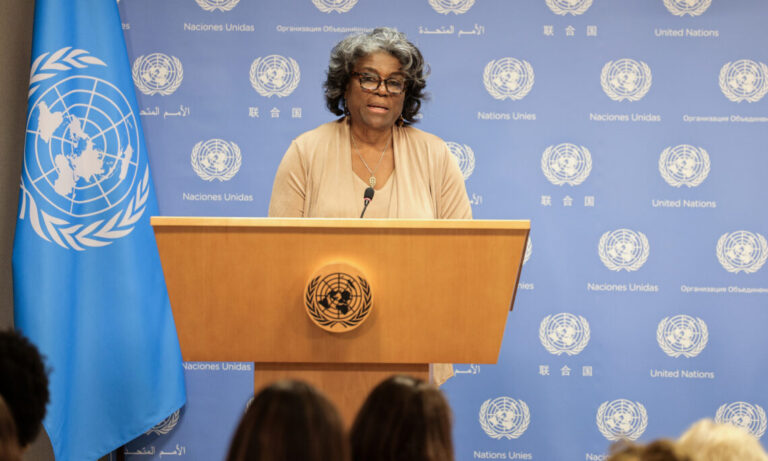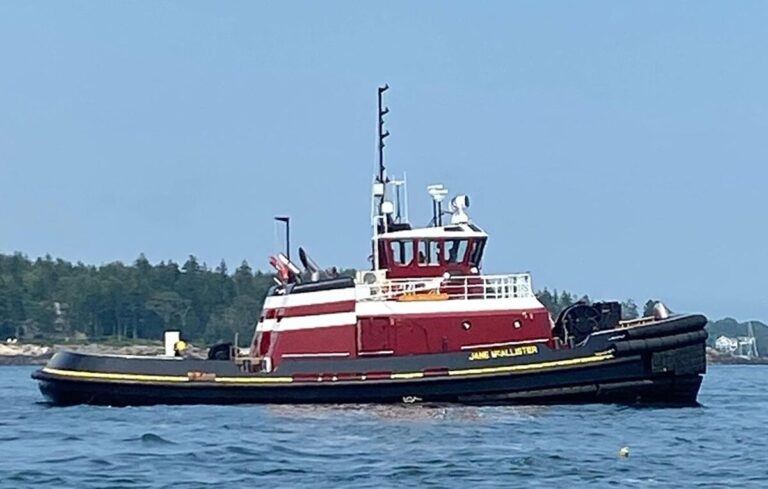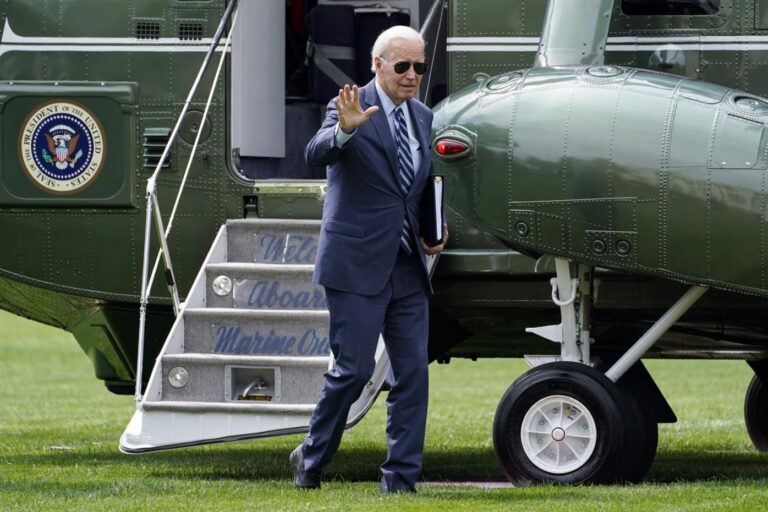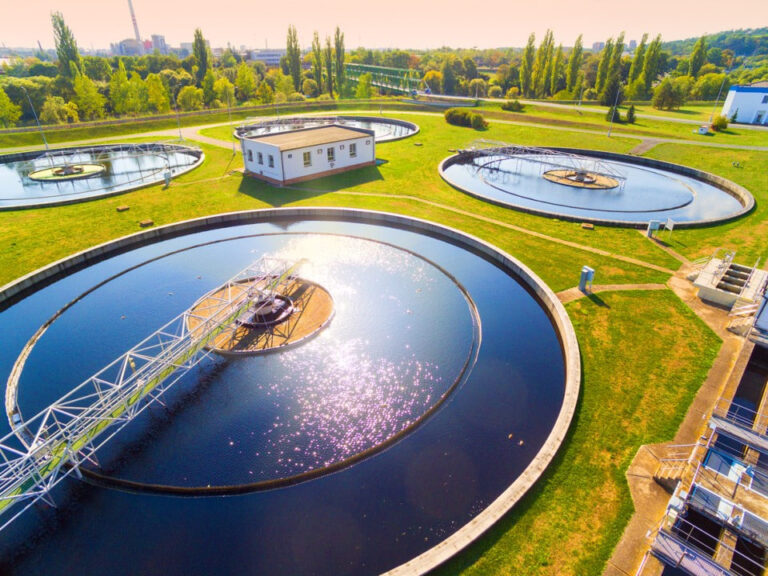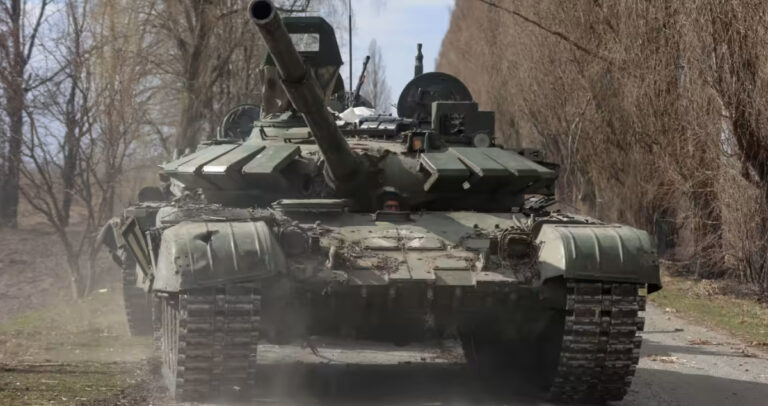In addition to its recent efforts to partner with India to boost Indian Ocean security, the United States could benefit from further cooperation with and investment in smaller states in the region.
In 2018, the United States reorganized its largest combatant command, PACOM, into INDOPACOM, reflecting a transition in U.S. strategy that recognized the significance of the Indian Ocean to national and international security. This was a shift from the United States’ previous stance—despite the National Security Strategy’s emphasis on the Indo-Pacific as a crucial strategic space, the Indian Ocean was clearly secondary to the Pacific. With the U.S. base at Diego Garcia proving vital to its operations in the Middle East and with China increasing its presence in the region, the Indian Ocean Region (IOR) has been growing in importance to U.S. security planning.
The United States’ approach to the region is still, however, piecemeal. On one hand, the United States is increasing its logistics and supply cooperation with India, the predominant IOR power, as well as improving its own technology and facilities in the region. On the other, the United States must be cognizant of India’s potential discomfort if it perceives itself as being dislodged from its pre-eminent position in the region. The United States has also been slow to extend cooperation to other Indian Ocean states. It has not adopted China’s holistic strategy of expanding its non-military involvement in the IOR, but rather has focused on its military presence.
As both India and the United States are wary of China’s rising maritime influence, India has become a major vector for greater U.S. investment into Indian Ocean security. During Prime Minister Narendra Modi’s recent state visit to Washington, the United States and India announced the latest in a series of maritime cooperation agreements that would allow for the U.S. Navy to use Indian ports as logistics centers. This follows a slew of previous logistics and information-sharing agreements that have increased bilateral security partnership in the Indian Ocean.
The United States is also working to improve intelligence information flows and facilities in the region. In September 2021, the United States spent nearly $250 million on improving base facilities such as runways, aircraft control towers, maintenance facilities, and base operations buildings. In February 2022, the crew of U.S. cable ship CS Dependable covertly laid an underwater fiber-optic cable to U.S. naval base Diego Garcia, a major information hub. This highspeed internet link boosts U.S. preparedness in the IOR in the case of any new security risks or concerns.
However, the U.S. relationship with smaller countries in the region remains underdeveloped. In the Pacific Ocean, the United States has long been able to promote security cooperation through “shiprider” agreements with about a dozen island states. In the Indian Ocean, thus far only the Seychelles has a similar agreement with the United States. Moreover, there is limited diplomatic engagement with IOR states aside from India. The United States participates as a Dialogue Partner with one IOR regional body—the Indian Ocean Rim Association (IORA)—but does not participate at all in the other—the Indian Ocean Naval Symposium (IONS). Only three U.S. embassies and two defense attaches cover its engagement with the seven IOR island nations.
The United States has also been far outstripped by Chinese investments into port infrastructure in the IOR. From Hambantota in Sri Lanka to Bagamoyo in Tanzania, Chinese companies have constructed and operated many ports across the Indian Ocean as a part of China’s “Maritime Silk Road.” As China builds more ports, fiber optic cables, and supplementary maritime infrastructure, the United States risks becoming a peripheral actor in terms of economic and security development with smaller states. The Biden administration’s position as an IORA Dialogue Partner and commitment to investing in regional challenges such as climate change, maritime security, and food security is a good first step.
Finally, it remains difficult for the United States to have a unified strategy regarding the Indian Ocean as a whole while it is splintered by INDOPACOM, CENTCOM, and AFRICOM. This division hinders the U.S. Coast Guard’s ability to address non-traditional security issues important to small island nations by preventing a unified strategic environment in the region.
Though there is room for the U.S. role in the IOR to grow, it is also critical that the United States balance its presence. India has previously expressed concern about increased pressure from the U.S. Navy and tends to see the Indian Ocean as its own natural sphere of influence. As the United States continues to examine and develop its Indo-Pacific strategy, it would benefit from looking to cooperate with and invest in smaller states in addition to India to strengthen regional security and help counter a growing Chinese presence. Exporting responsibility over the Indian Ocean to India would be more viable with the support of neighbors in the region.
Source: CFR

